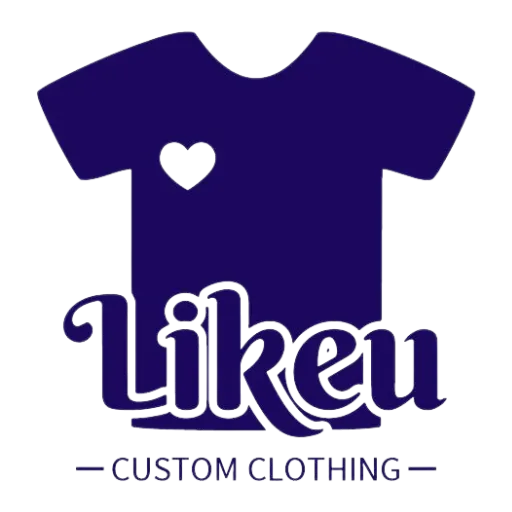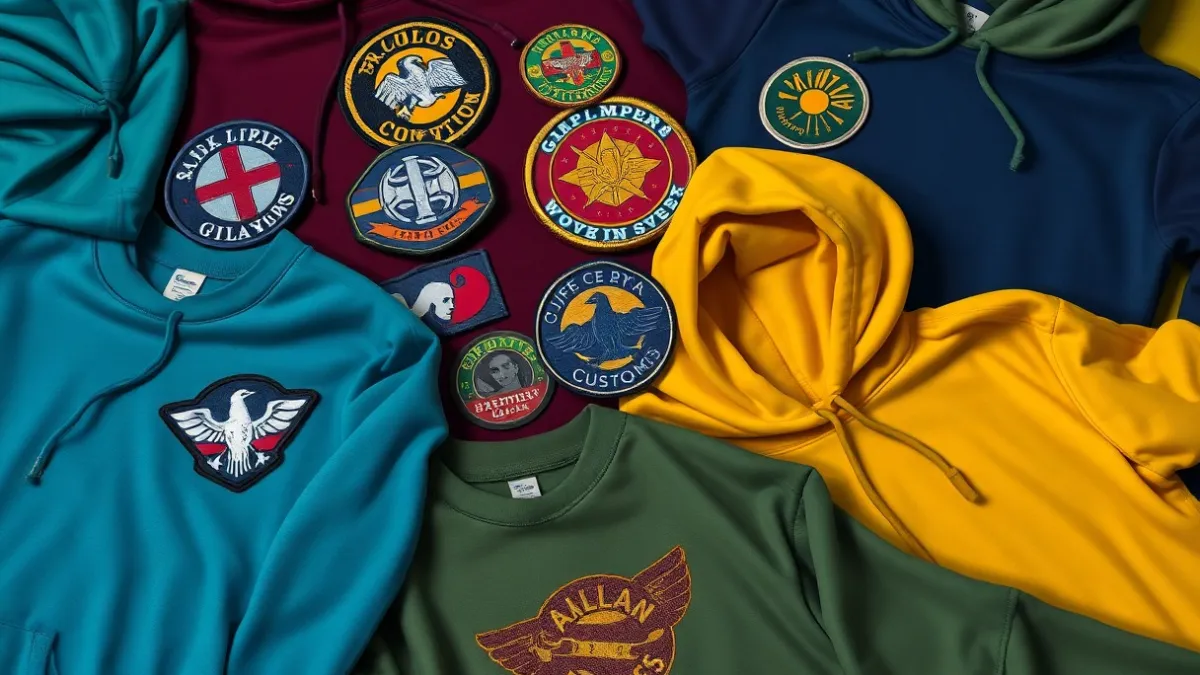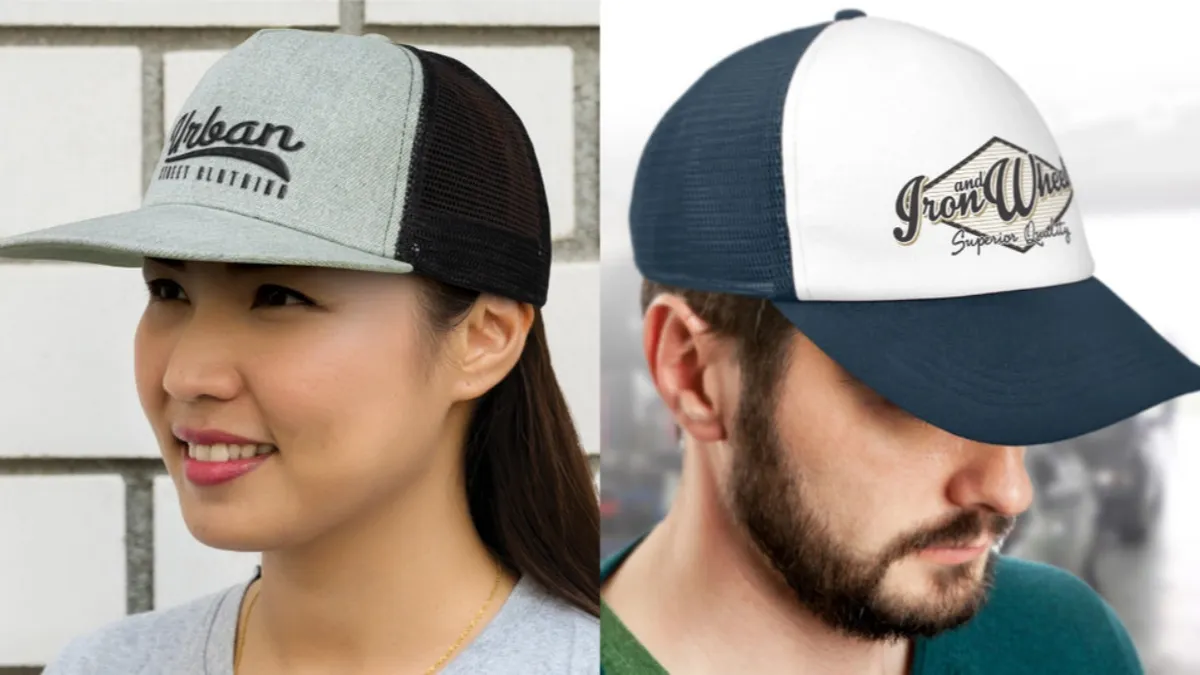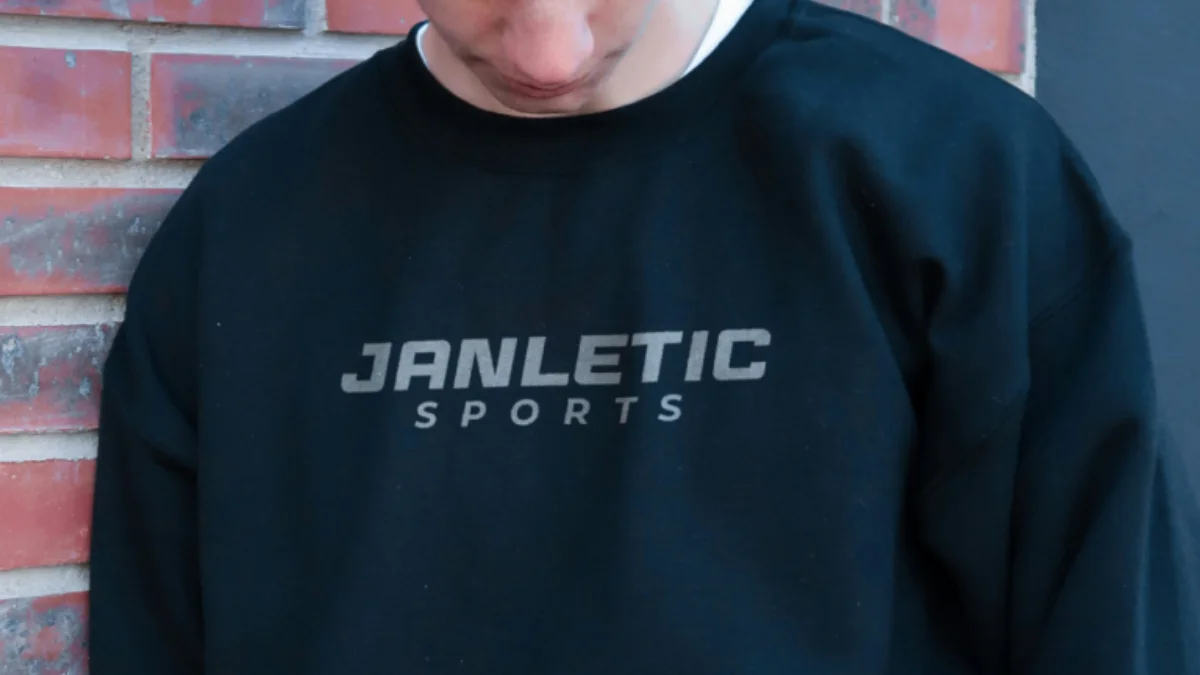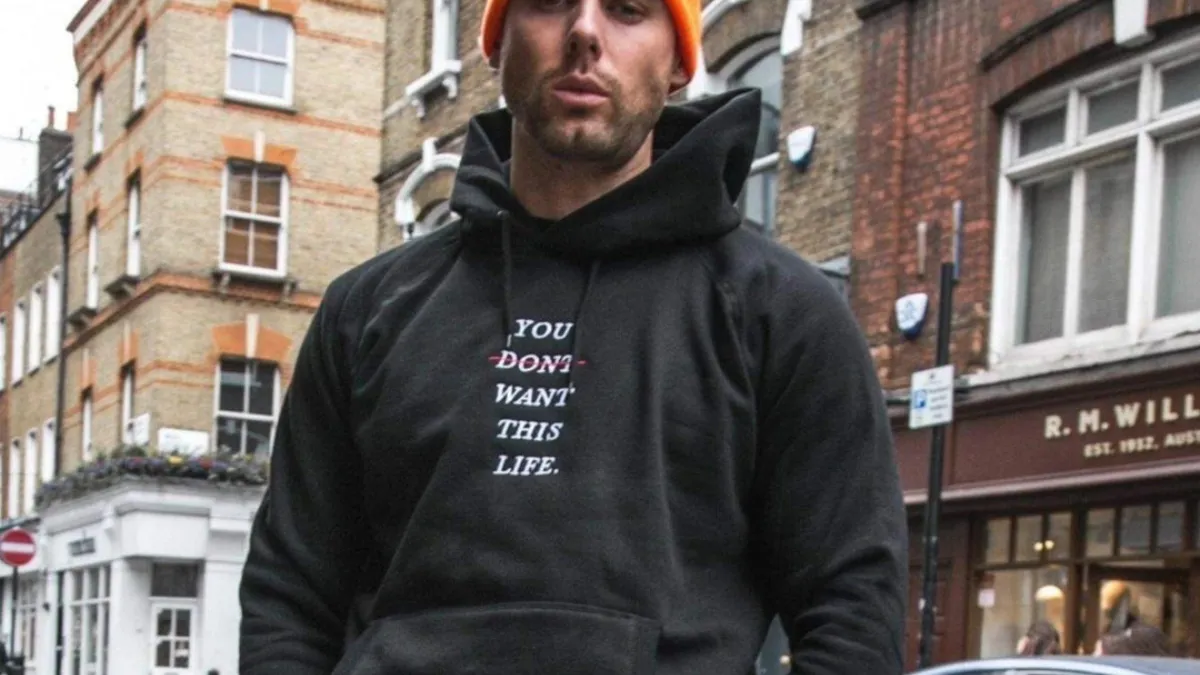When you choose custom patches for hoodies, you shape both the look and the feel of your favorite sweatshirt. Different custom patches for hoodies offer unique benefits. Some give you bold texture, while others focus on sharp details or long-lasting wear. Think about how you want your hoodie to stand out. Your style, the patch’s strength, and your design ideas all matter when you decide which patch fits best.
Key Takeaways
Choose your patch based on your hoodie’s fabric and how you want it to look and feel.
Embroidered patches offer a classic, textured style and last long on thick hoodies.
Woven and printed patches show fine details and work well on thin, lightweight hoodies.
Sew-on patches hold better and last longer than iron-on patches, especially after many washes.
Custom patches let you express your style, team spirit, or brand with many design and material options.
Why Patch Choice Matters
Style Impact
You want your hoodie to look unique. The patch you choose can change the whole style. Some patches, like chenille or embroidered, add texture and a classic feel. Others, such as PVC or printed patches, give a modern and bold look. The right patch can make your hoodie stand out in a crowd. When you pick custom patches for hoodies, you control the colors, shapes, and even the way the patch feels. This choice lets you match your personal style or show off a team logo.
Durability Factors
Durability matters when you wear your hoodie often. Different patch types last longer than others. For example, faux leather patches are easy to clean and safe for washing at home. Silicone patches protect your hoodie from water and wear, making them a strong choice for outdoor use. Sewn-on patches stay attached for a long time, even after many washes. Iron-on patches use heat to stick tightly to the fabric. They hold up well in the washer and dryer. Velcro patches come off easily, but they do not last as long as sewn or iron-on patches. If you want your patch to last, think about how you will use and wash your hoodie.
Hoodie Material Match
Not every patch works well with every hoodie. Thick hoodies can handle heavy patches like chenille or leather. Thin hoodies need lighter patches, such as woven or printed types. Some materials, like fleece, work better with sewn-on patches because they grip the fabric. Iron-on patches stick best to cotton or polyester blends. Always match the patch type to your hoodie’s fabric. This helps your patch look good and stay in place.
Types of Custom Patches for Hoodies
Embroidered Patches
Embroidered patches give your hoodie a classic and premium look. You see these patches on sports team hoodies and school sweatshirts. They use threads stitched into fabric to create raised designs. This style works well for logos, names, and simple shapes.
Embroidered patches stand out with their texture and bold colors. You feel the design when you touch it.
Best Uses:
Team logos
Brand names
Simple artwork
Pros:
Durable and long-lasting
Adds a professional touch
Works well on thicker hoodie fabrics
Cons:
Not ideal for tiny details
Can lose shape after many washes
Costs more for complex or small designs
You should choose embroidered patches if you want your hoodie to look bold and feel special. Make sure your hoodie fabric is thick enough to support the patch.
Woven Patches
Woven patches use fine threads woven together to create flat, detailed images. These patches show small text and sharp lines better than embroidered patches. You get a smooth finish that feels soft and light.
Best Uses:
Detailed logos
Small text
Intricate patterns
Pros:
Shows fine details clearly
Thin and flexible
Feels smooth on the hoodie
Cons:
Less texture than embroidered patches
Not as bold or raised
May not look as premium
Woven patches work best if you want a lightweight patch with lots of detail. You can use them on both thin and thick hoodies.
Chenille Patches
Chenille patches give your hoodie a fuzzy, three-dimensional look. You often see them on varsity jackets, but they also look great on hoodies. These patches use soft yarns to create bold letters and shapes.
Chenille patches come as iron-on or sew-on, so you can pick the best way to attach them.
You can choose from varsity letters, glitter designs, or custom names.
The bright colors and soft texture make your hoodie stand out.
Best Uses:
School or team hoodies
Initials and numbers
Statement designs
Pros:
Unique, tactile feel
Eye-catching colors
Easy to apply
Cons:
Not good for small details
Can be bulky on thin hoodies
Needs gentle washing
Pick chenille patches if you want your hoodie to look fun and bold. They work best on thicker hoodies.
PVC Patches
PVC patches use soft plastic to create waterproof and flexible designs. These patches have a modern look and can show 3D shapes. You see them on outdoor gear and streetwear hoodies.
Best Uses:
Outdoor or sports hoodies
Modern logos
Designs that need to resist water
Pros:
Waterproof and weather-resistant
Flexible and strong
Bright colors and 3D effects
Cons:
Feels less natural than fabric patches
Can be heavy on thin hoodies
Not as breathable
PVC patches are a smart choice if you want your hoodie to handle rain or rough use. They work well for activewear and outdoor styles.
Leather Patches
Leather patches add a touch of style and class to your hoodie. You find them on fashion hoodies and high-end brands. These patches can be real or faux leather, and they often show logos or simple shapes.
Best Uses:
Fashion hoodies
Brand logos
Minimalist designs
Pros:
Looks stylish and unique
Durable and easy to clean
Works well on thick hoodies
Cons:
Not good for detailed images
Can crack if not cared for
May feel stiff
Choose leather patches if you want your hoodie to look upscale and modern. They match best with thicker, structured hoodies.
Printed & Sublimated Patches
Printed and dye sublimation patches use ink to create colorful, detailed images on fabric. Dye sublimation patches use heat to transfer the design, so the colors stay bright and sharp. You can print photos, gradients, and complex artwork.
Industry reports show that dye sublimation patches work well for fashion, sportswear, and personalized clothing.
These patches let you use any color or image, making them perfect for creative designs.
Best Uses:
Custom artwork
Photos and gradients
Detailed graphics
Pros:
Shows any image or color
Lightweight and flexible
Good for thin hoodies
Cons:
Not as textured as embroidered patches
May fade with heavy washing
Less durable than sewn patches
Pick dye sublimation patches if you want your hoodie to show off bright, detailed art. They work well for creative and personalized designs.
Bullion Patches
Bullion patches use gold and silver threads, felt, and wire to create rich, three-dimensional designs. You see these patches on uniforms, blazers, and special event hoodies. They look fancy and catch the eye.
Best Uses:
Club or organization hoodies
Awards and honors
Special events
Pros:
Luxurious and detailed
Stands out on any hoodie
Shows status or achievement
Cons:
Expensive
Needs careful handling
Not for everyday wear
Bullion patches are best if you want your hoodie to look formal or celebrate a special event. Use them for limited-edition or ceremonial hoodies.
Market studies show that the types of patches you choose for your hoodie depend on your needs. You can pick from embroidered patches for a classic look, woven patches for detail, chenille patches for texture, pvc patches for durability, leather patches for style, dye sublimation patches for color, and bullion patches for luxury. Each type offers a different way to make your hoodie unique.
Application Methods
Iron-On
Iron-on patches give you a quick and easy way to add style to your hoodie. You place the patch on your hoodie, cover it with a cloth, and press with a hot iron. The heat melts the adhesive on the back of the patch, sticking it to the fabric. Many people like this method because you do not need sewing skills or special tools.
Tip: Always check your hoodie’s fabric before using an iron-on patch. Cotton and polyester blends work best. Avoid delicate or heat-sensitive materials.
Iron-on patches save you time. You can attach them in minutes. This method works well for lightweight hoodies and for patches that will not face heavy wear. However, iron-on patches may start to peel after about 25 washes. If you wash your hoodie often or use hot water, the patch may not last as long. You can always sew around the edges for extra hold.
Pros:
Fast and simple
No sewing needed
Great for beginners
Cons:
Less durable than sew-on
May peel with frequent washing
Not ideal for all fabrics
Sew-On
Sew-on patches give you the strongest and most lasting hold. You use a needle and thread to attach the patch to your hoodie. This method works for almost any patch type and fabric. You can sew by hand or use a sewing machine.
Sew-on patches use needle and thread, creating a permanent bond.
They stay secure through frequent use and many washes.
You can use strong threads and special needles for thick hoodies.
Hand-sewing lets you control the look and strength of each stitch.
Neat, tight stitches and careful work on the corners help the patch last longer.
Sew-on patches do not peel or fall off easily. They let your hoodie move and stretch without losing the patch. If you want your patch to last for years, choose this method. Washing your hoodie in cold water helps keep the patch looking new.
Pros:
Most durable option
Works on any fabric
Holds up to frequent washing
Cons:
Takes more time
Needs basic sewing skills
Not as quick as iron-on
If you want a patch that stays put, sew-on is the best choice. For a fast update, iron-on patches work well. Choose the method that fits your needs and your hoodie’s fabric.
Patch Comparison Table
When you pick a patch for your hoodie, it helps to compare them. The table below shows how each patch is different. You can see how they look, how strong they are, how much detail they show, how you put them on, and how much they cost. This guide helps you find the patch that fits what you want.
Patch Type | Appearance | Durability | Detail Level | Application | Cost |
|---|---|---|---|---|---|
Embroidered | Textured, classic | High | Medium | Sew-on, Iron-on | $ |
Woven | Flat, smooth | Medium-High | High | Sew-on, Iron-on | $ |
Chenille | Fuzzy, bold | Medium | Low | Sew-on, Iron-on | $-$$ |
PVC | 3D, modern | Very High | Medium | Sew-on | $$ |
Leather | Sleek, stylish | High | Low-Medium | Sew-on | $$ |
Printed/Sublimated | Bright, detailed | Medium | Very High | Sew-on, Iron-on | $-$ |
Bullion | Luxurious, shiny | Medium | High | Sew-on | $$ |
Appearance
Patches can look very different from each other. Embroidered patches have a raised, old-school style. Woven patches are flat and smooth. Chenille patches feel soft and bold. PVC patches look modern and 3D. Leather patches give a cool, smooth look. Printed and sublimated patches show bright colors and lots of detail. Bullion patches shine with gold or silver thread.
Durability
Durability means how long your patch will last. Embroidered patches stay strong after many washes. PVC patches can handle water and rough use. Leather patches last a long time if you take care of them. Woven patches are strong but may wear out faster than embroidered ones. Chenille and bullion patches need gentle washing. Printed patches might fade if you wash them a lot.
Detail
Some patches can show tiny details better than others. Woven and printed patches can show small lines and text. Embroidered patches are best for simple shapes and big logos. Chenille patches do not show small details well. PVC and bullion patches can show medium or high detail, depending on the design.
Application
You can put patches on in different ways. Embroidered patches can be sewn or ironed on. Woven, chenille, and printed patches also work both ways. PVC and leather patches usually need to be sewn on. Bullion patches always need careful sewing.
Cost
The price changes for each patch type. Embroidered and woven patches cost about the same. Chenille, PVC, and leather patches cost more money. Printed patches are usually the cheapest. Bullion patches cost the most because they use special materials.
Look at this table before you buy a patch. It helps you pick the best patch for your hoodie by showing you the differences in look, strength, detail, how to put it on, and price.
Choosing the Right Patch
Design Complexity
You want your hoodie to show your design. Custom made patches let you pick simple or detailed art. Embroidered patches work for bold logos and basic images. Woven and printed patches show small text and fine lines. If you want lots of colors or a photo, sublimation printing is best. You can always match your patch to your design needs.
Durability Needs
Think about how much you will wear and wash your hoodie. Custom made patches use many materials with different strengths. PVC patches can handle water and rough use. Embroidered and leather patches last through many washes. If you want a patch that stays bright and strong, pick one made for heavy use. Sew-on patches last longer than iron-on if you wash your hoodie a lot.
Style Preferences
Your style is important when picking custom made patches. Chenille patches add a soft and bold look. Leather patches give a modern feel. Embroidered patches look classic and textured. Printed patches show bright colors and detailed art. You can pick patches that match your team, brand, or taste. Many people use custom made patches for school spirit, events, or fashion.
Budget
You can find custom made patches for any budget. Simple designs cost less than fancy ones. Cotton blends and screen printing keep prices low. Handcrafted details and premium fabrics cost more. The table below shows what changes the price of custom made patches for hoodies:
Aspect | Details |
|---|---|
Material Choices | Cheaper cotton blends or fancy textiles; fabric and trims change price. |
Labor Costs | More stitching and handmade details make patches cost more. |
Design Complexity | Simple designs are cheaper than detailed patterns. |
Customization Options | Embroidery, screen printing, and laser applique are affordable. |
Average Hoodie Cost Range | $5 to $20, including labor, materials, and basic custom work. |
Affordable Decoration Methods | Screen printing and laser applique are cheap and look like patches. |
Cost Influencers | Extra branding, personal touches, and where you order from change the price. |
Economies of Scale | Ordering more patches lowers the price for each one. |
Custom Made Patches: Options
Custom made patches give you lots of choices for your hoodie. You can pick embroidered, woven, PVC, printed, or leather patches. Each type fits different needs. Custom made patches come with iron-on, sew-on, or Velcro backs. You can move or change your patch easily. Custom made patches work for teams, clubs, businesses, or just for you. You can order a few or a lot. Fast service and free design help make it easy to get patches. You can use them to show your name, logo, or a special message. Custom made patches help you make a hoodie that is truly yours.
Likeu Clothing Overview
About Likeu Clothing
You want a company that cares about quality and style. Likeu Clothing stands out as a trusted name in custom apparel. The team at Likeu Clothing focuses on making your hoodie look and feel special. You can find a wide range of patch options for hoodies. Likeu Clothing uses strong materials and careful stitching. You get patches that last and look great. The company works with schools, teams, businesses, and individuals. You can trust Likeu Clothing to help you express your style.
Note: Likeu Clothing believes every hoodie should tell a story. You can show your team spirit, brand, or personal flair with their patches.
Custom Patch Services
You have many choices when you order custom patches from Likeu Clothing. The company offers:
Embroidered patches for a classic, textured look.
Woven patches for sharp details and smooth finishes.
Chenille patches for a bold, fuzzy style.
PVC patches for waterproof and modern designs.
Leather patches for a sleek, upscale touch.
Printed and sublimated patches for bright colors and detailed images.
Bullion patches for a rich, shiny finish.
You can pick the patch type that matches your needs. Likeu Clothing helps you choose the right size, shape, and color. The team checks every patch for quality before sending it to you.
Patch Type | Best For | Key Feature |
|---|---|---|
Embroidered | Teams, brands | Textured, classic |
Woven | Detailed logos | Smooth, sharp lines |
Chenille | Varsity, bold designs | Fuzzy, 3D look |
PVC | Outdoor, sports | Waterproof, flexible |
Leather | Fashion, minimal | Sleek, durable |
Printed | Art, photos | Bright, detailed |
Bullion | Awards, honors | Luxurious, shiny |
Ordering & Support
You can order custom patches for hoodies in a few easy steps. Likeu Clothing guides you from start to finish. The team answers your questions and helps you pick the best patch for your hoodie. You get updates on your order and fast shipping. If you need help, customer support responds quickly and solves problems. You can reach out by phone or email. Likeu Clothing wants you to feel confident and happy with your custom hoodie patches.
Tip: If you are not sure which patch fits your hoodie, ask the Likeu Clothing team. They will help you make the right choice.
Picking the right custom patch for your hoodie depends on what you like, how strong you want it, and how much you want to spend. Look at the comparison table and guide to help you choose.
Check what each patch type offers.
Make sure your patch works with your hoodie’s fabric and how you will use it.
If you need more help, talk to Likeu Clothing or another trusted seller. Look at all your choices and make a hoodie that shows off your own style!
FAQ
What patch type works best for thin hoodies?
You should choose woven or printed patches for thin hoodies. These patches feel light and flexible. Thick patches may weigh down the fabric or cause it to stretch.
Can you wash hoodies with custom patches?
You can wash hoodies with custom patches. Turn your hoodie inside out before washing. Use cold water and gentle cycles. Sew-on patches last longer than iron-on patches after many washes.
How do you remove a patch from a hoodie?
You can remove iron-on patches by heating them with an iron and peeling them off. For sew-on patches, use a seam ripper to cut the stitches. Take care not to damage the hoodie fabric.
Are felt patches a good choice for hoodies?
Felt patches give your hoodie a soft and vintage look. You can use them for simple shapes or letters. They work best on thicker hoodies because felt can stretch or wear out on thin fabrics.
